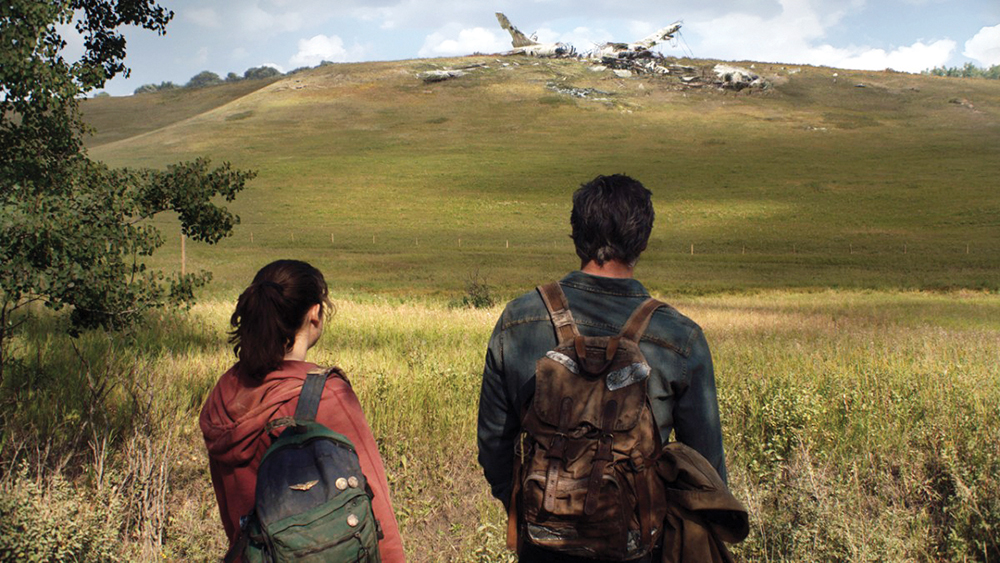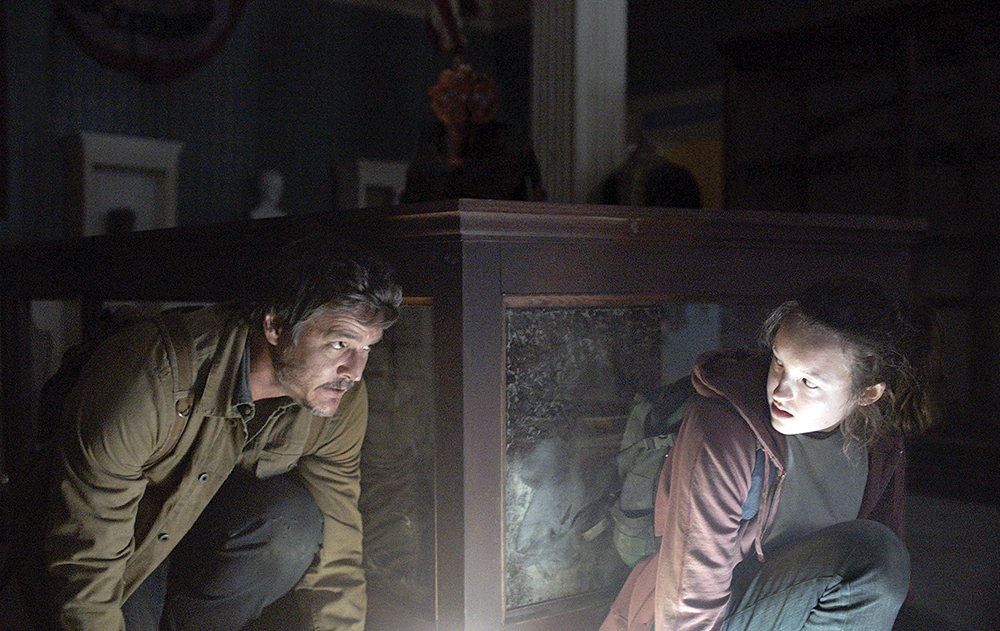Post-apocalyptic stories hit different these days. It’s not that the Covid-19 pandemic was a civilization ender — the real-life virus’ current worldwide death toll is 6.7 million people, while, to pick one example from post-apocalyptic lit, the Captain Trips virus from Stephen King’s The Stand is 99 percent fatal. It’s that now, we have a much better appreciation of what kind of disruptions that even a “normal” pandemic can create. And, of course, the fear of infection inherent in the zombie genre is much more relatable.
The Last Of Us was released for Playstation 3 in June 2013, right at the height of the last zombie craze and three years into the run of The Walking Dead. It was an immediate hit and is now considered a classic for its cinematic, character-based storytelling, and a Psycho-like protagonist switcheroo, as the character you play initially, Sarah, dies on the first day of the zombie outbreak.
In the HBO adaptation of The Last of Us, Sarah is played by Nico Parker, who charms instantly. It’s her father Joel’s (Pedro Pascal) birthday, and she wants to do something nice for her hardworking single parent. But Sarah’s little jaunt into the city to get Joel’s watch repaired is cut short by a jittery shopkeeper who, it turns out, pays a lot more attention to the news than she does. Her bus ride home becomes a less comic version of Shaun of the Dead, where the background action belies the encroaching chaos, but not everyone understands what it means yet. By the time showrunner Craig Mazin stages his own version of the famous one-shot car escape from Children of Men, the problem is obvious: A mutated fungus that takes over the brains of humans and hijacks their bodies to spread via bite is spreading rapidly.

Then, the story jumps ahead 20 years. Joel is grimly holding on in a radically changed world. What’s left of Boston is a Quarantine Zone run by the Federal Disaster Response Agency (FEDRA), which also seems to be all that’s left of the American government. The deeply traumatized population bristles after two decades of military rule, and a group calling itself the Fireflies wages a furtive rebellion to restore some semblance of democracy. Joel and his partner Tess (Anna Torv) are planning on busting out of the QZ to find his brother Tommy (Gabriel Luna) who might be in a Firefly settlement in Wyoming. But their plans are complicated by the arrival of Ellie (Bella Ramsey), a teenager who wanders in from the contaminated wasteland with a big secret: She was bitten by an Infected, but resisted the fungus. The Fireflies want to get her to a group of surviving scientists, who they think can use her to create an antifungal vaccine.
Mazin, who won two Emmys for his excellent Chernobyl series, and Neil Druckmann, who wrote the source material, have an unerring eye, and often more importantly, an ear for the creepy. Pascal, freed from the helmet of The Mandalorian, is perfect as the taciturn Joel, while Ramsey, last seen as the fierce Lady Mormont on Game of Thrones, deftly hints at the depths behind Ellie’s eyes. The Last of Us is the rare video game adaptation that actually works on its own terms. Even if you’re as burned out on zombies as I am, it’s worth a look.
The Last of Us is streaming on HBO Max and Hulu.
